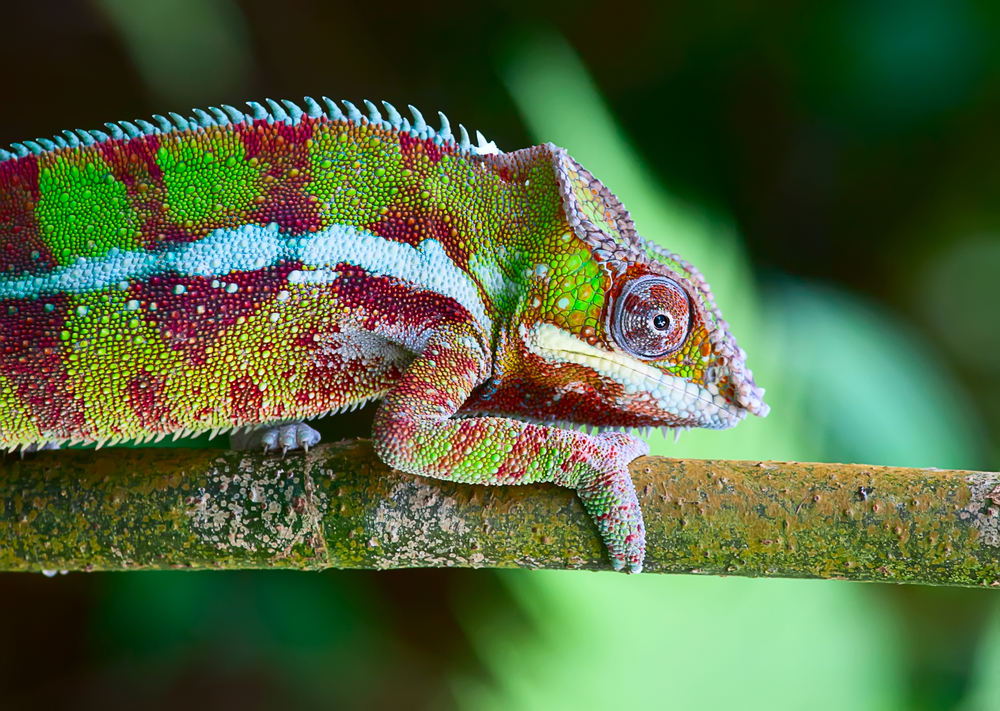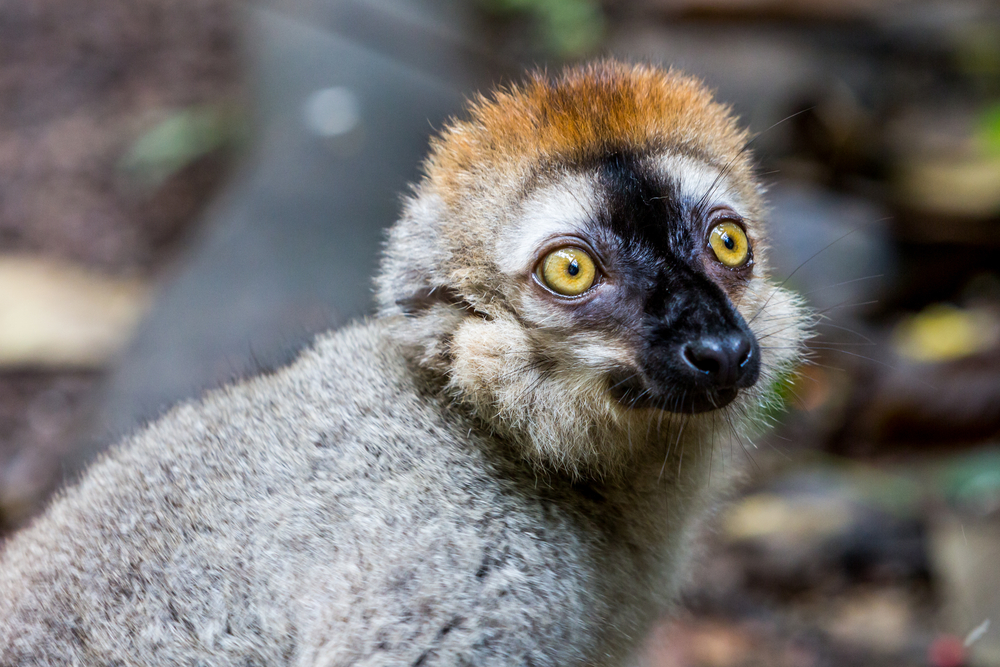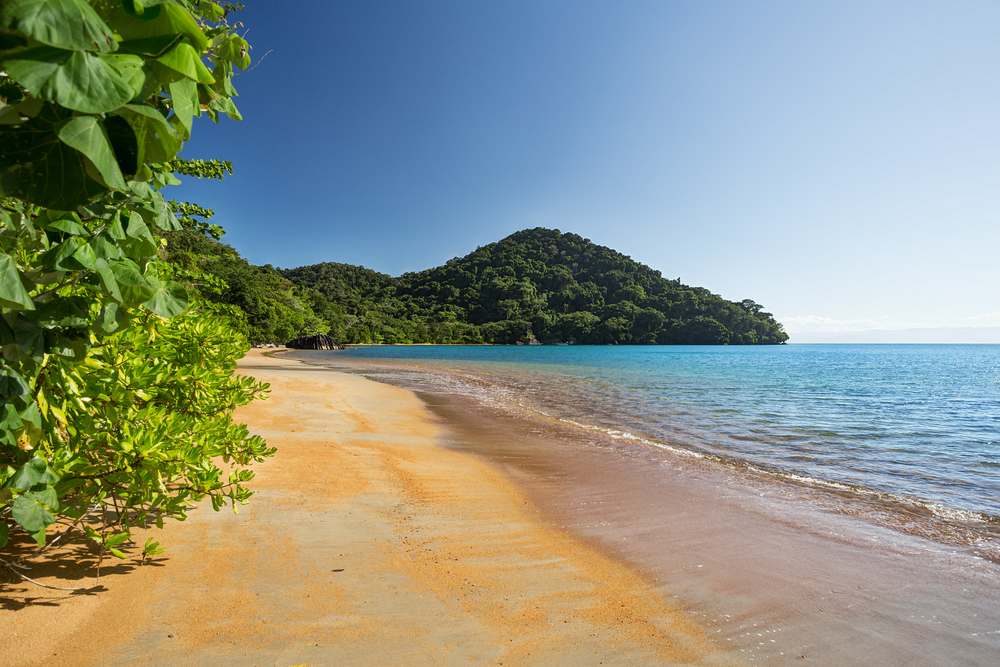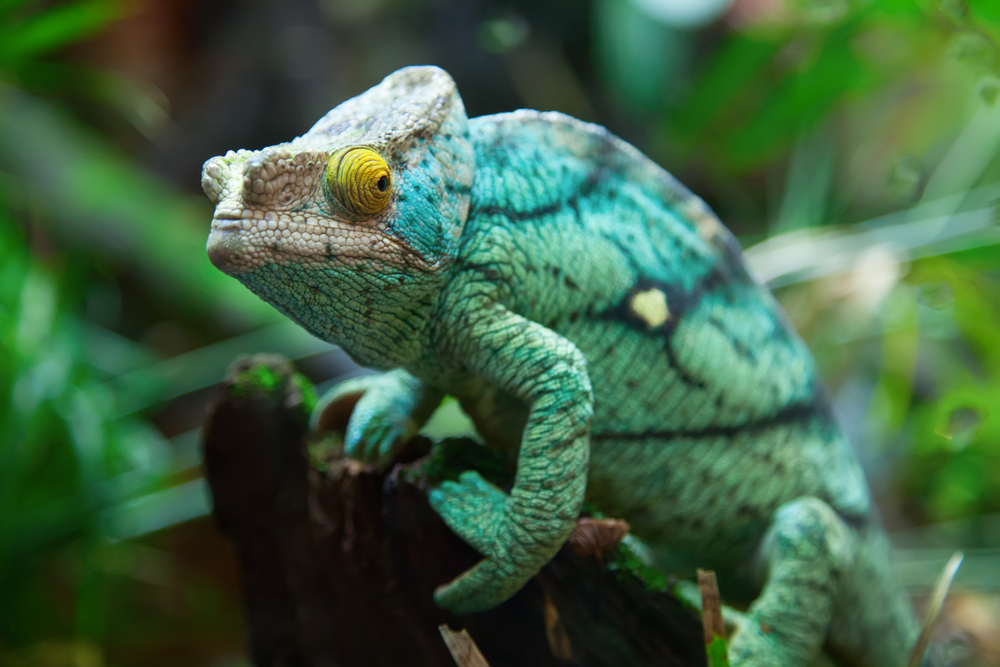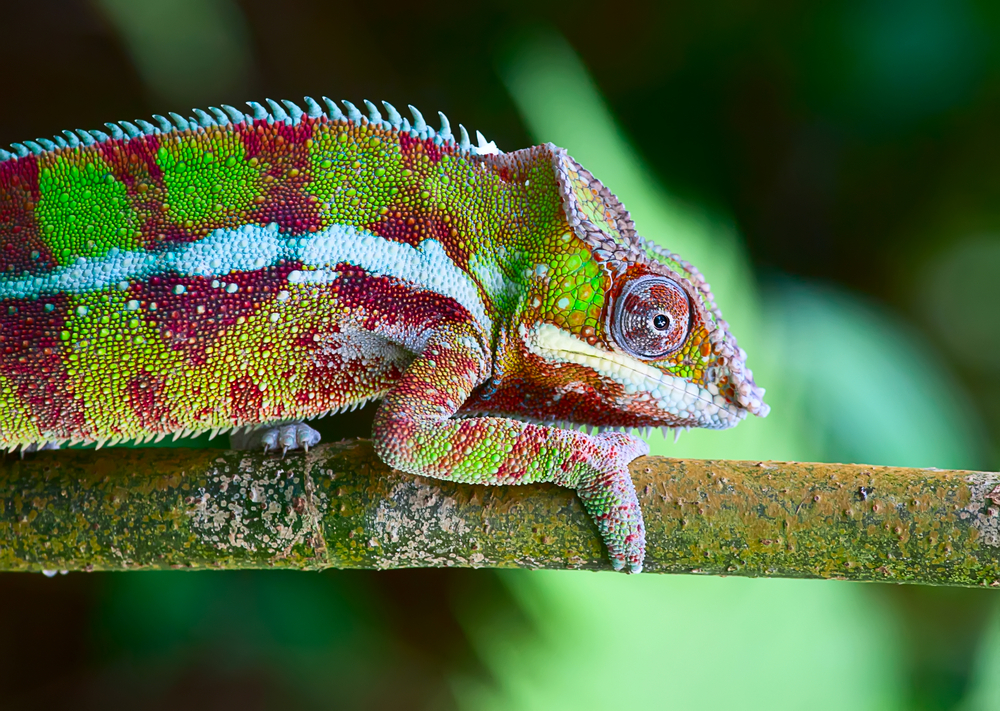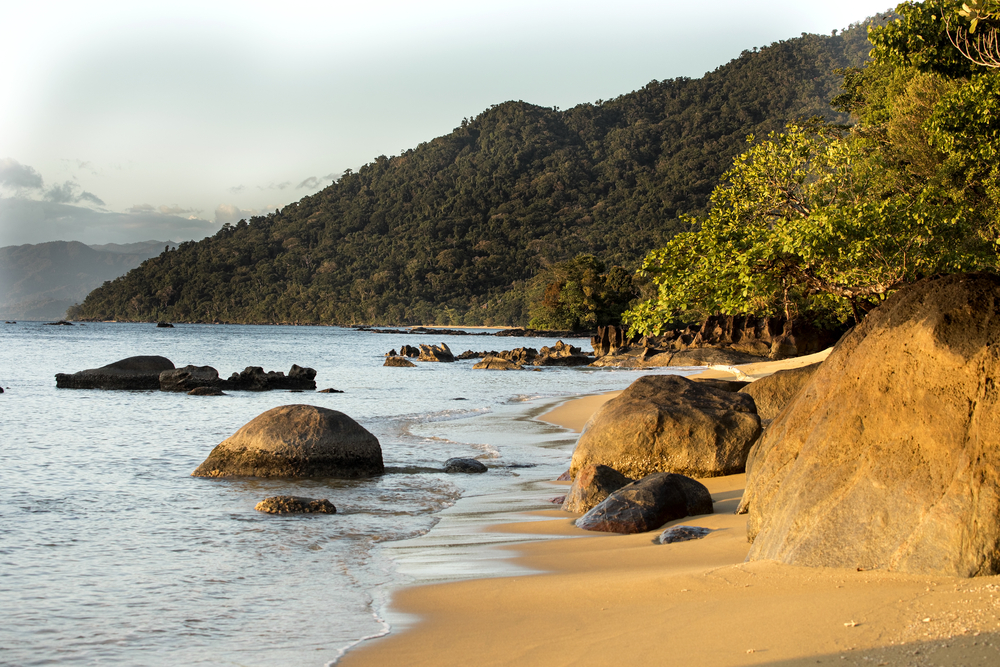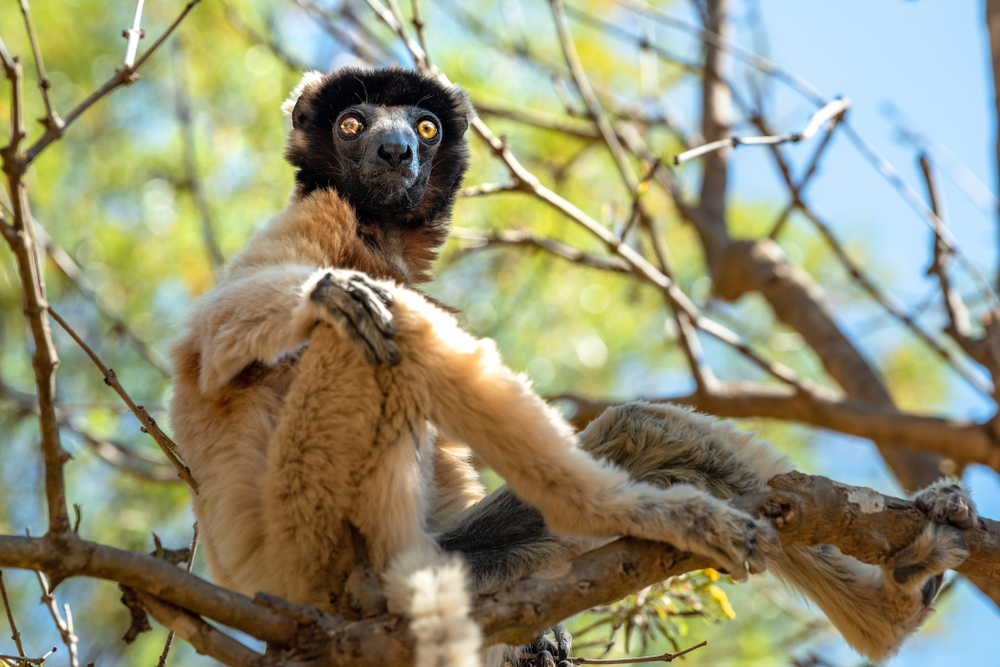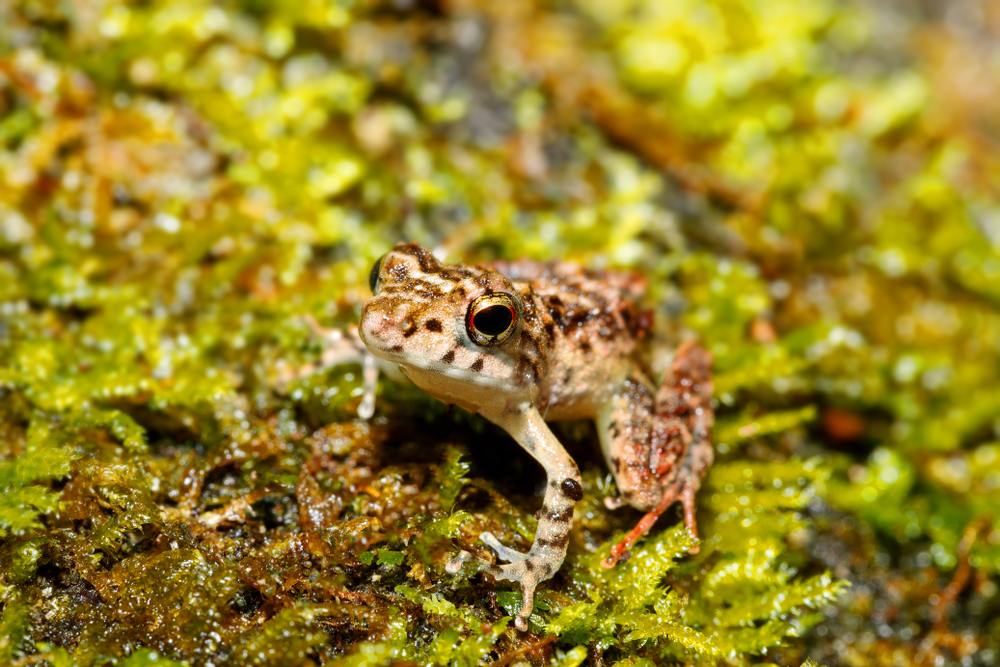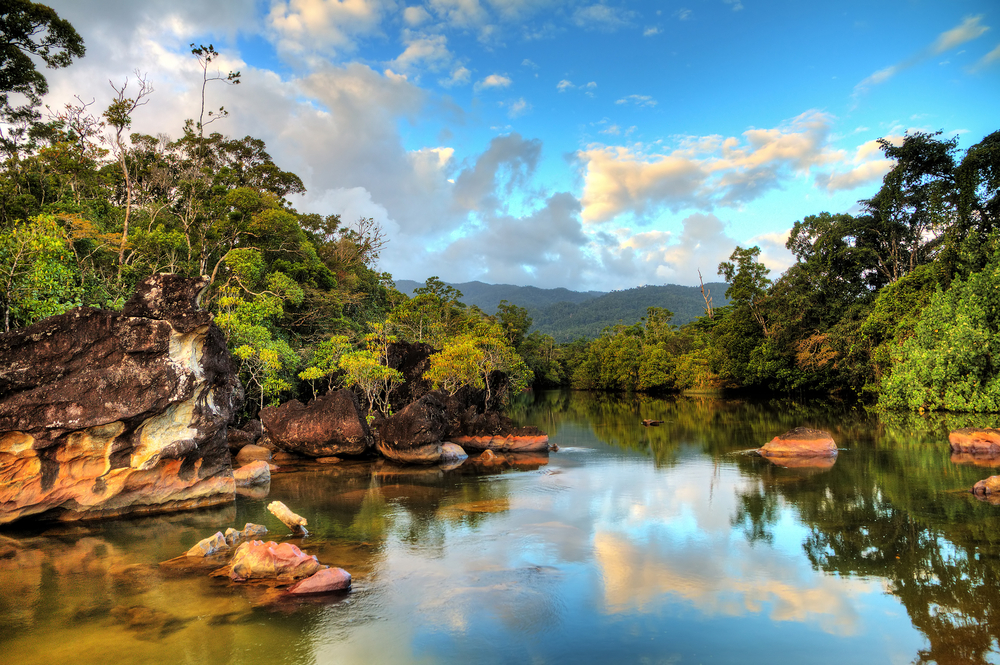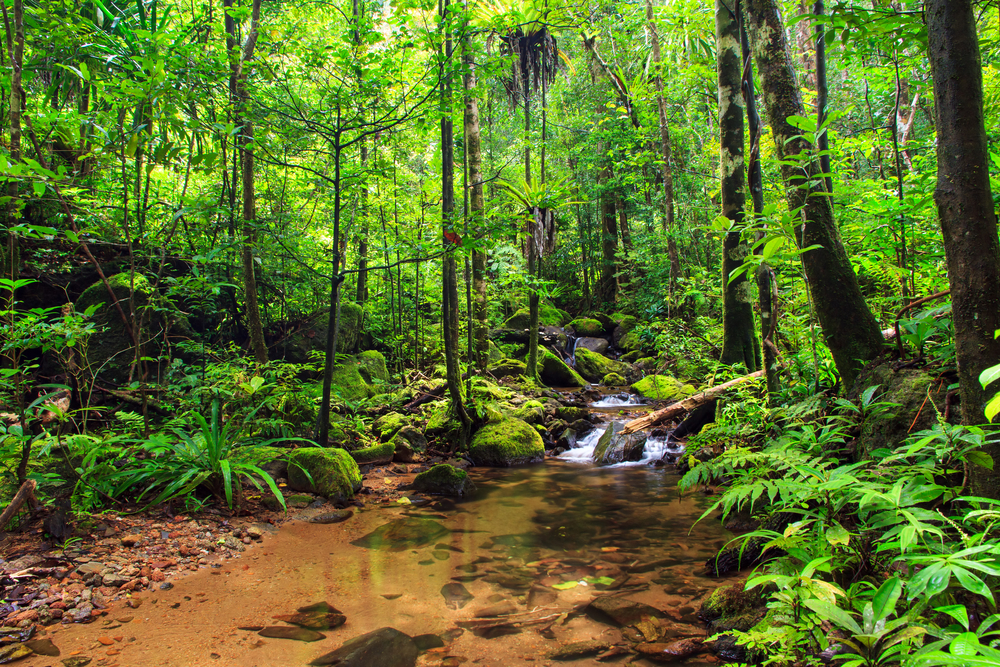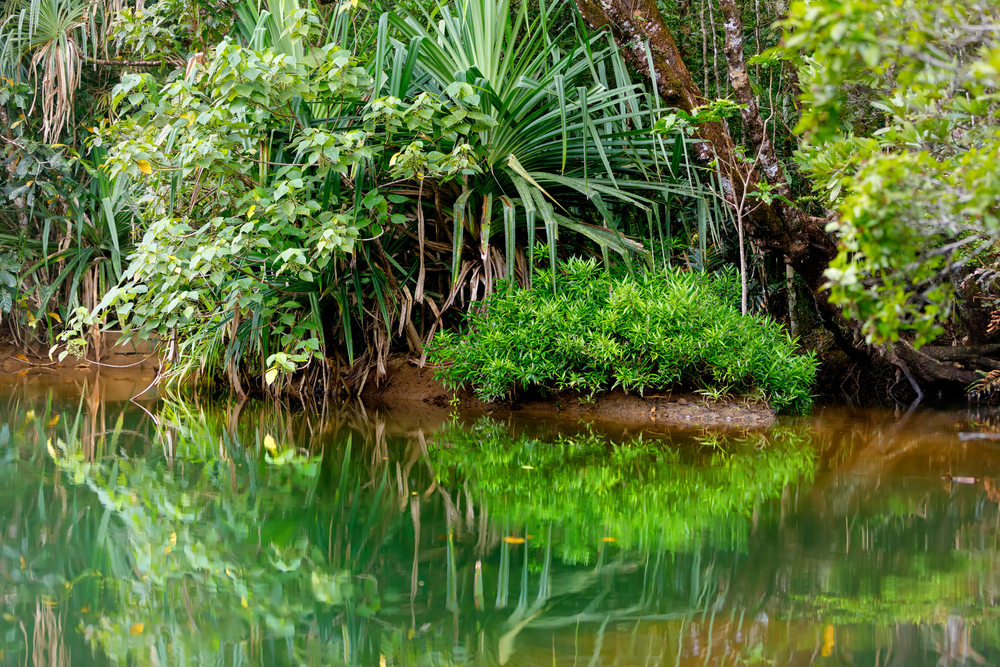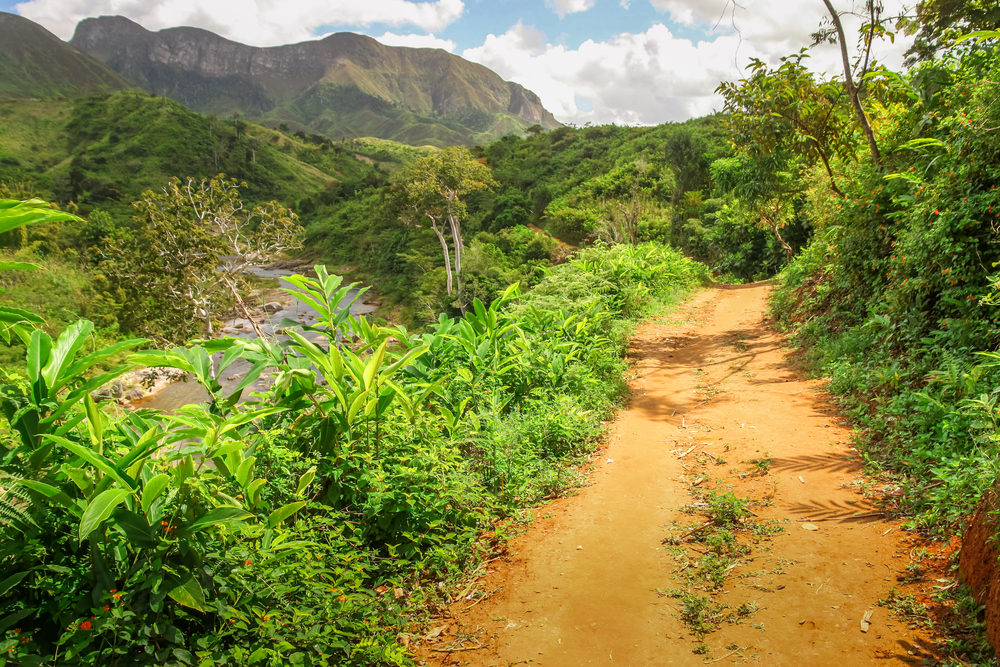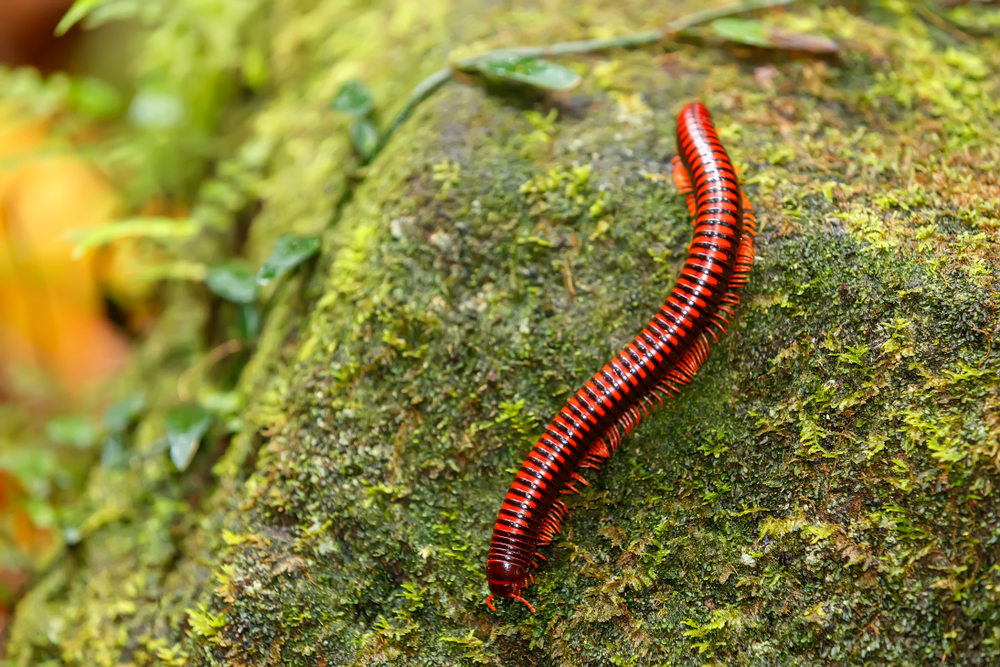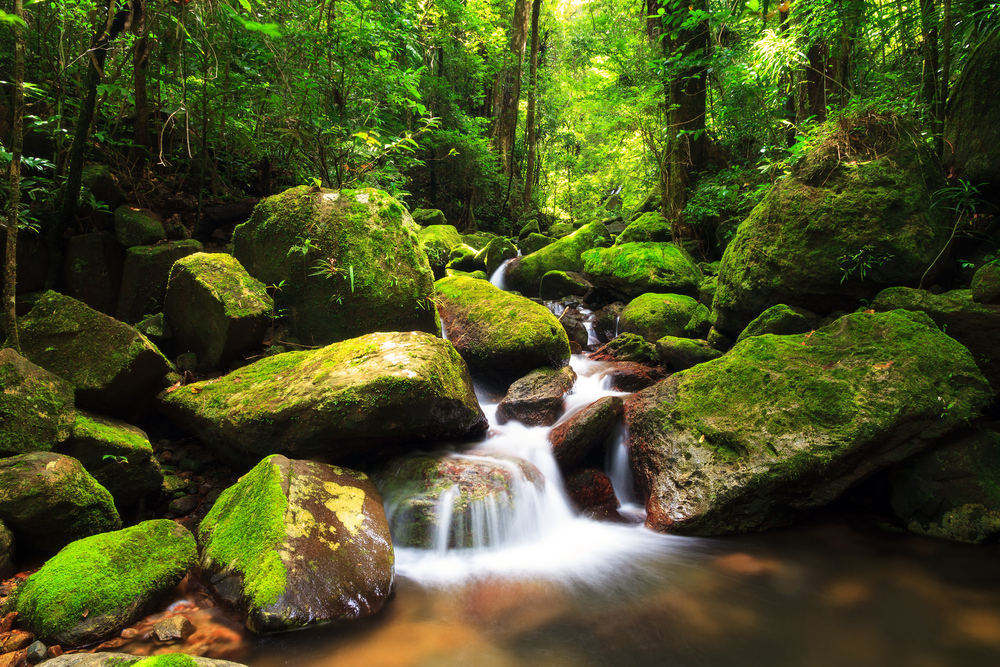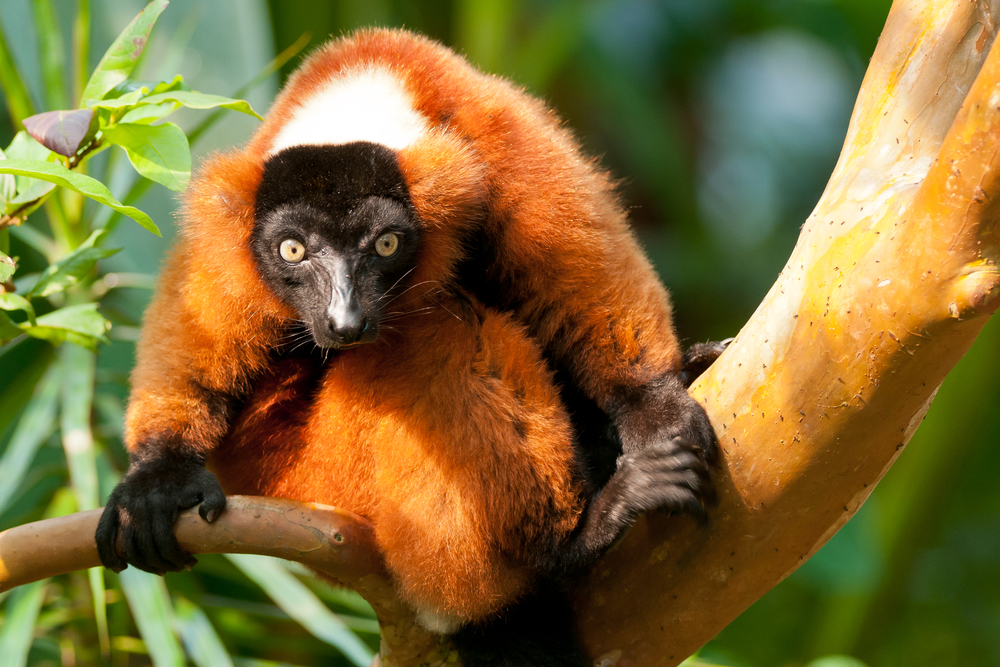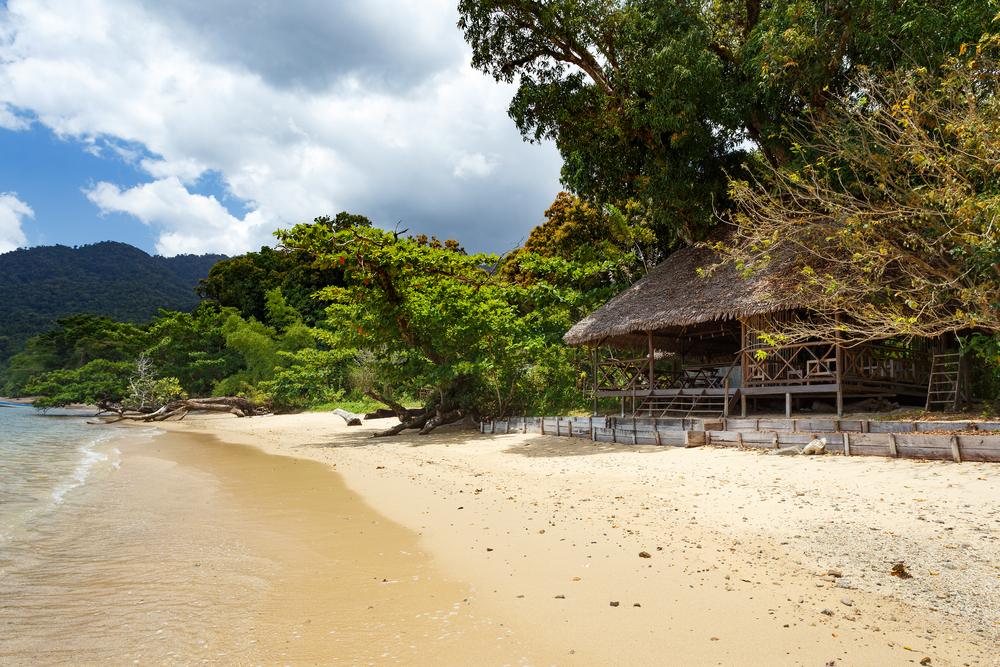Masoala National Park is located on the northeastern part of Madagascar. The national park encompasses an area of 888 square miles (2,300 sq km) creating the largest national park in the country. There is an additional 38.6 square miles (100 sq km) of protected marine waters which are also part of the national park.
The term “masoala” translates locally to mean “eyes of the forest.” The name is derived from the aye-aye whose eyes glow like bright candles in the dark of the night. Some would describe the piercing eyes as creepy as they look out from the dense jungle.
The tropical rainforest serves as the heart of the national park which also includes protected coastal forest, flooded forest, mangrove, and marsh. The ocean waters protect a series of coral reefs and spectacular aquatic wildlife. The collective forests create one of the most pristine natural settings throughout the country.
The diversity of flora and fauna includes over 15 species of species of lemur which is one of the things Madagascar is famous for. The red-ruffed lemur and the aye-aye are two of the more intriguing species that visitors love to experience if they get the chance.
A variety of geckos, chameleons, frogs and other reptiles and amphibians thrive in this tropical paradise. There are 60 species of reptiles, 44 species of frogs, 50 species of mammals, and 135 species of butterflies. The varied coastal, rainforest, and other terrains create habitats for an abundance of bird species as well. It is a popular destination for bird-watching with around 90 species of tropical birds.
Off the coast, humpback whales can be found breeding and calving between the months of July and the first part of September. Along with the whales, visitors can hope to see dolphines, sea turtles, and sea cows swimming around the over 100 species of corals of the reef.
Photos
Things to See
Park Protection
Masoala National Park protects the rich ecological diversity of the rainforest, coastal forests, and other tropical habitats along with the diversity of wildlife that includes over 15 species of lemurs as well as other reptilian and amphibian species that thrive is this ecosystem.
The park also protects the aye-aye which is a threatened specise in the park. This intriguing species is most notable for their evening glowing eyes. Because of their status, night walks are no longer permitted in efforts to keep them from extinction in the park.
Sources
- Mada Magazine, Masoala National Park, https://www.madamagazine.com/en/masaoala-national-park/, retrieved May 10, 2021.
- Masoala Forest Lodge, Masoala, http://www.masoalaforestlodge.com/, retrieved May 10, 2021.
- Natural World Safaris, Highlights and Main Attractions of Masoala National Park, https://www.naturalworldsafaris.com/africa/madagascar/masoala-national-park, retrieved May 10, 2021.
- Wild Madagascar, Masoala National Park, https://www.wildmadagascar.org/conservation/parks/Masoala.html, retrieved May 10, 2021.
- Wildlife Worldwide, Masoala National Park, https://www.wildlifeworldwide.com/locations/masoala-national-park, retrieved May 10, 2021.
